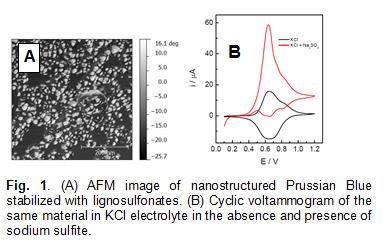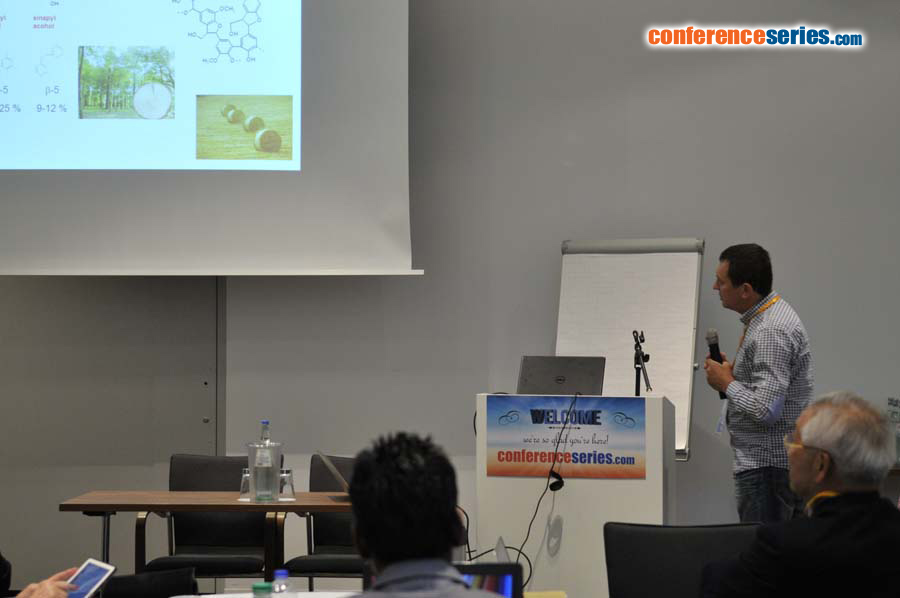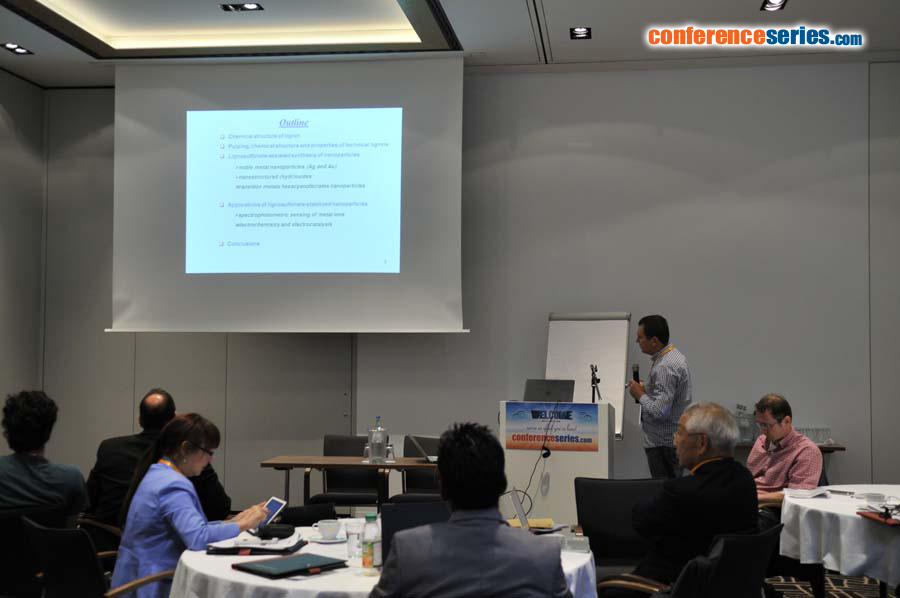
Biography
Biography: Grzegorz Milczarek
Abstract
Lignin is an abundant biopolymer on earth, present in all woods and grasses. In its native form, it is insoluble in any solvent and therefore useless for solution chemistry, in spite of its documented antioxidant properties. On the other hand, chemical derivatives of lignin (technical lignins) are produced in the quantities of millions tons per annum as a by-product in the production of cellulose from wood or other plant materials. Depending on the technology used, technical lignins differ in molecular weight, chemical composition and the structure of chemical moieties that make them soluble in organic solvent or even in water. Of particular interest are lignosulfonates that exhibit both poly-electrolyte and poly-phenol character due to the presence of ionisable and hydrophilic sulfonic moieties and substituted phenol groups responsible for their reducing properties. In this report, we demonstrate that technical lignosulfonates can be used as both reducing and stabilizing agents for cost-effective synthesis of various nanoparticles including noble metal nanoparticles and transition metal hexacyanoferrates that show valuable multifunctional electrochemical properties. The obtained hybrid materials show multiple redox activity due to the presence of lignin-derived quinones. Therefore, such materials can be used as energy storing materials or sensing platforms for electrochemical sensors (see for example Fig. 1). Lignosulfonates and lignosulfonate-stabilized nanoparticles can be also introduced into chemically or electrochemically polymerized conducting polymers e.g. polyaniline, poly-pyrrole and poly-ethylenedioxythiophene.





